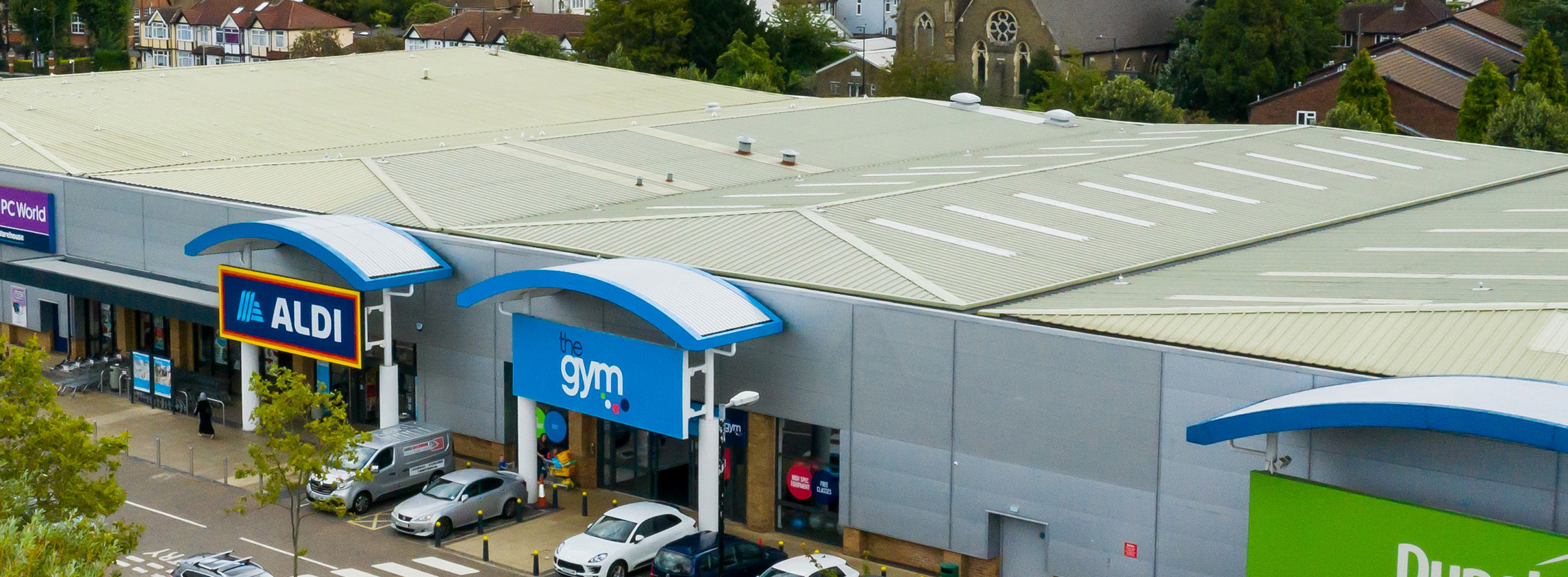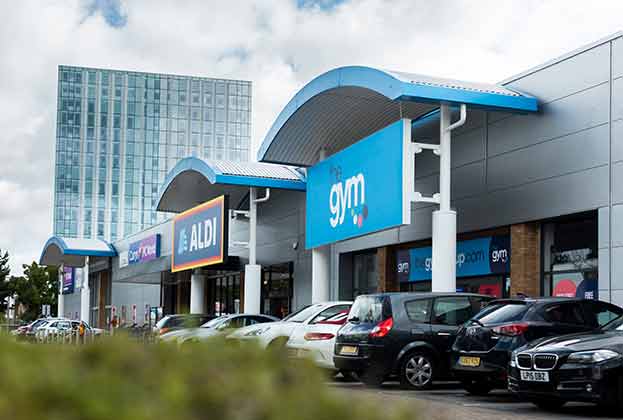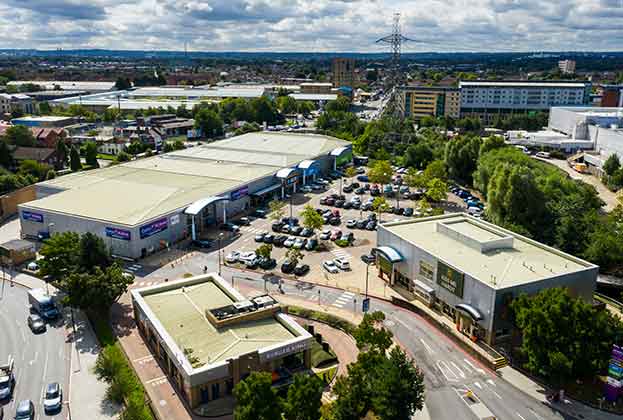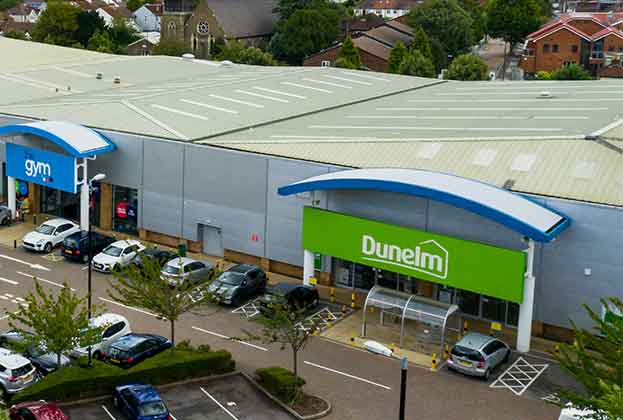Consumer confidence remains suppressed in the approach to Christmas following the second national lockdown and the implication of the localised tier system
Like most economies around the world, the UK is undoubtedly in a recession. The length of time it will take to recover and once again report positive levels of GDP and retail sales growth is wrapped up in a myriad of intrinsically linked socio-economic factors, most of which relate to the ongoing global pandemic.
These include, but are not limited to, the length, frequency and specific conditions of any future government-imposed lockdowns and/or the on-going localised tier restrictions that are currently in place. Furthermore, the length of time it takes to successfully secure a vaccine and implement an effective nationwide inoculation programme will also play a significant role in the speed of the recovery. The level and length of support the government provides for consumers and businesses alike, such as extensions to the furlough scheme and the temporary ban on commercial evictions, will also determine how far the least fortunate will need to travel in order to post a successful return to the black.
Q3 and Q4 were then expected to show modest positive quarterly growth rates, though not at a rate that could be described as a V-shaped recovery
Savills Research
At the start of May 2020, the consensus view of most economists around the UK was that Q2 was going to be the low point of the current cycle. Q3 and Q4 were then expected to show modest positive quarterly growth rates, though not at a rate that could be described as a V-shaped recovery. The chart below indicates that for Q3 at least this assumption was a sound one with consumers general economic outlook over the next 12 months improving from an index of -56 in March to -38 by September.
A relaxation of Covid-19 restrictions in this period certainly eased the consumer market temporarily; however, the implementation of a second national lockdown from November has further exasperated a recovery. As a result, consumer confidence remains downbeat, with GfK’s October index recording -31, compared to -14 a year prior. Consumer attitudes towards major purchases remain delicate, with the index standing at -27, marking a six-point fall over September levels. The general economic outlook of the consumer over the next 12 months also fell back to levels similar to those witnessed in March, reporting an index of -50 by October.
The extension of the existing furlough scheme to the end of March 2021 will have saved a number of jobs in the short term. Nonetheless, the UK unemployment rate continued to rise in the July to September period to reach 4.8%, with added economic pressures caused by a second lockdown pointing to a further rise in unemployment as we move towards 2021.
The final quarter is always a pivotal time of year for retailers, with Black Friday and the Christmas period having great bearing on annual reporting figures. The additional pressures this year will no doubt accentuate the importance of the quarter.
The final quarter is always a pivotal time of year for retailers, with Black Friday and the Christmas period having great bearing on annual reporting figures
Savills Research
We could witness consumer spending behaviour swing in two directions this winter. Low consumer confidence and job uncertainty are expected to uphold high personal saving ratios until well into 2021, fostering a much more cautious approach to Christmas for some. That being said, we could see a portion of consumers opt to spend more enthusiastically over this Christmas period driven by pent-up demand following six months of heightened savings.
By subsector, it’s likely we’ll see a significant polarisation in trading results, with retail warehousing subsequently set to demonstrate stronger resilience in its performance than other areas of the market – some submarkets with a focus weighted toward the out-of-town market have even enjoyed a return to sales growth. Structural changes concerning more permanent working from home coupled with an increase in home-ownership will continue to bode well for DIY and homeware retailers for example, which enjoyed a 21.6% like-for-like growth in October according to BDO. Meanwhile, electronics retailers, also with a strong out of town presence, could witness a surge in sales following the release of new Xbox and PlayStation consoles, as reported already by both GAME and Smyths Toys.
While spend across more pandemic-sensitive segments is likely to remain suppressed through Q4, it could open growth opportunities across other sectors. Supermarket sales in both value and volume terms continue to perform well, exceeding the longterm average in September to reach 4.3% and 3.2% year-on-year respectively, on a rolling 12-month basis. In line with a second lockdown, as well as more people staying at home over Christmas, supermarkets are likely to continue this long run of success through the final quarter of the year. The early signs are positive with take-home grocery sales up 9.4% for the 12-week period to 12 October, according to data from Kantar.
Read the articles within Spotlight: UK Retail Warehousing below.



